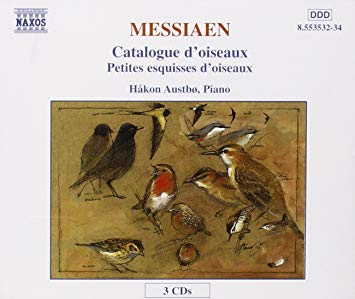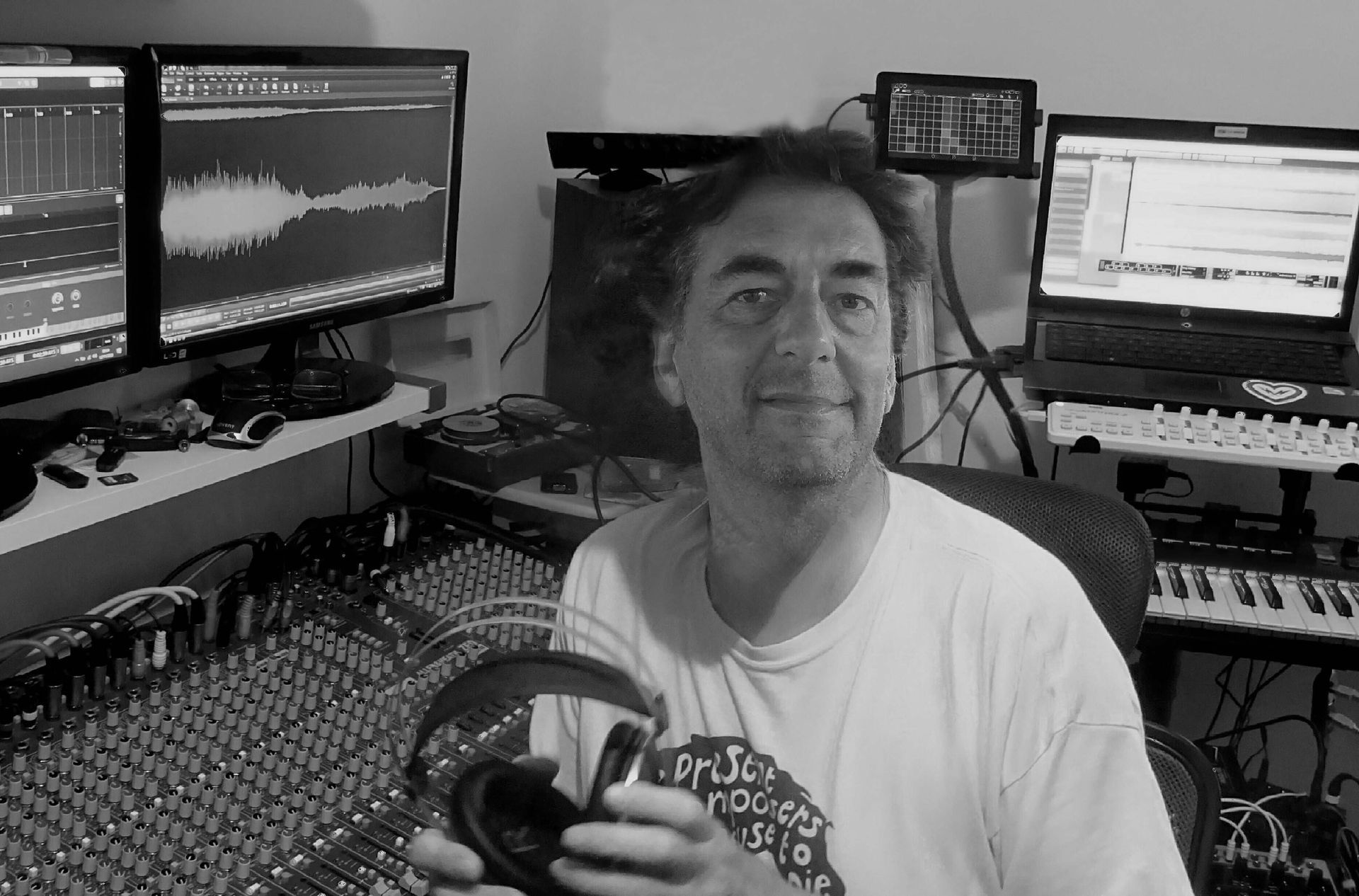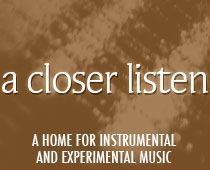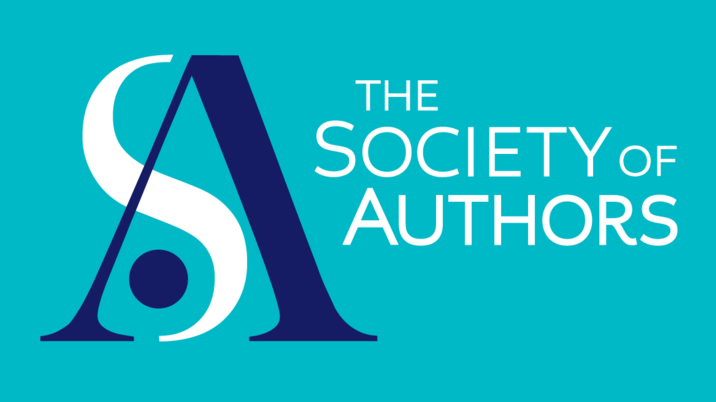The beauty, complexity and science of bird song is the inspiration for many of my soundscapes. As John Cage said, 'Music is everywhere once you decide to pay attention to it'. MiE Fielding
IMPORTANT NOTE: All of the 'AVES ELEKTRON' sound art pieces are constructed and mixed for headphones and NOT speakers. They are designed for a spiritual and immersive 'listening' experience, as apposed to passive 'hearing'.....
And there is a big difference between the two.
"The birds are the opposite of time. They represent our longing for light, for stars, for rainbows, and for jubilant song"
Olivier Messiaen
"First and foremost one is setting out to produce an emotional response in the listener. So the challenge was to construct a composition that would convey a message. In this case the message is pretty bleak. The UK has lost some 73 Million birds since 1970 and is now one of the most biodiversity poor country's on planet earth.So I knew that I would be dealing with dissonance'
I then thought about how I could present this from the bird's point of view - using their voice if you like. But I did not want to 'humanise' them in any way by trying to convert their natural voice to something that was foreign to them and invented by man - ie music - especially Western 12 tone music. Something that has been attempted by many others in the past. Messiaen for example with Catalogue d'oiseaux , written as a celebration of bird life.
Unlike Messiaen, I wanted to write a composition that reflects the current situation working with natural sound, which is increasingly hard in the modern age as anything 'natural' is replaced by articial 'ugly' ,and dissonant sound;- the sound of the human race sleepwalking into oblivion.
The idea goes back to an unforgettable incident in the 1990's when I took the late playright Tom Hadaway to experience a dawn chorus, something that Tom had never heard.
At 5AM we headed for RSPB Church Wood reserve near the village of Hegerley, Buckinhamshire. Any early morning bird song that there may of been was simply drowned out by the quite deafening noise of motorway traffic on the nearby M40. So the memory of that morning became my inspiration and starting point for Death of the Nightingale..."
Over the course of the 40+ minute accompanying CD Electronic composition, using only bird song,our natural world is obscured,degraded and finally obliterated...
UK has 'led the world' in destroying the natural environment
Aves Elektron is intended to be Immersive audio and should be enjoyed using headphones.
Above Centre: Catalogue d'oiseaux Olivier Messiaen.
Above Right: MiE Fielding AVES ELEKTRON:Death of the Nightingale book and CD Official Release date SATURDAY 22ND JUNE 2024. Ref VOERT CD45457. There will also be a series of sound installations of this work and accompanying film. Details and dates to be announced.
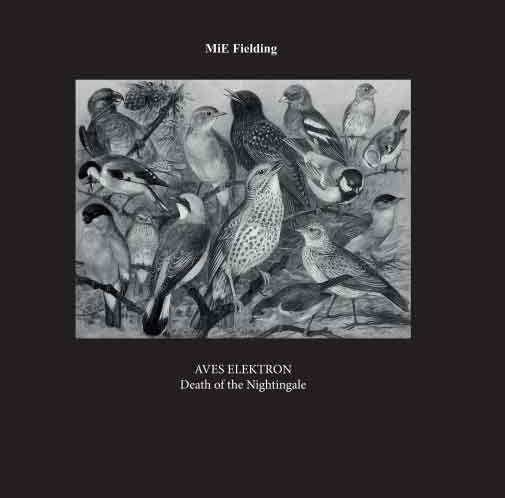
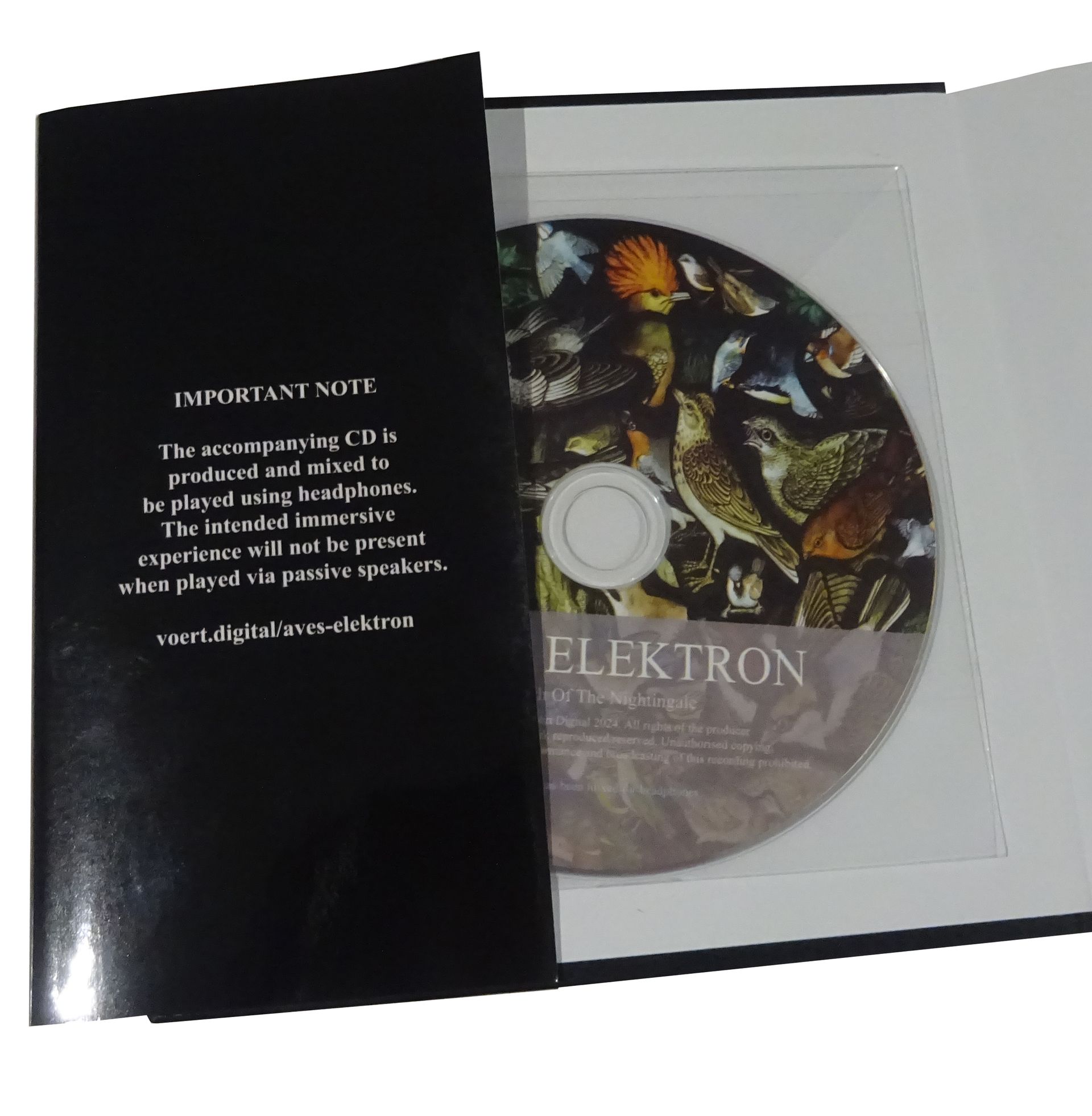
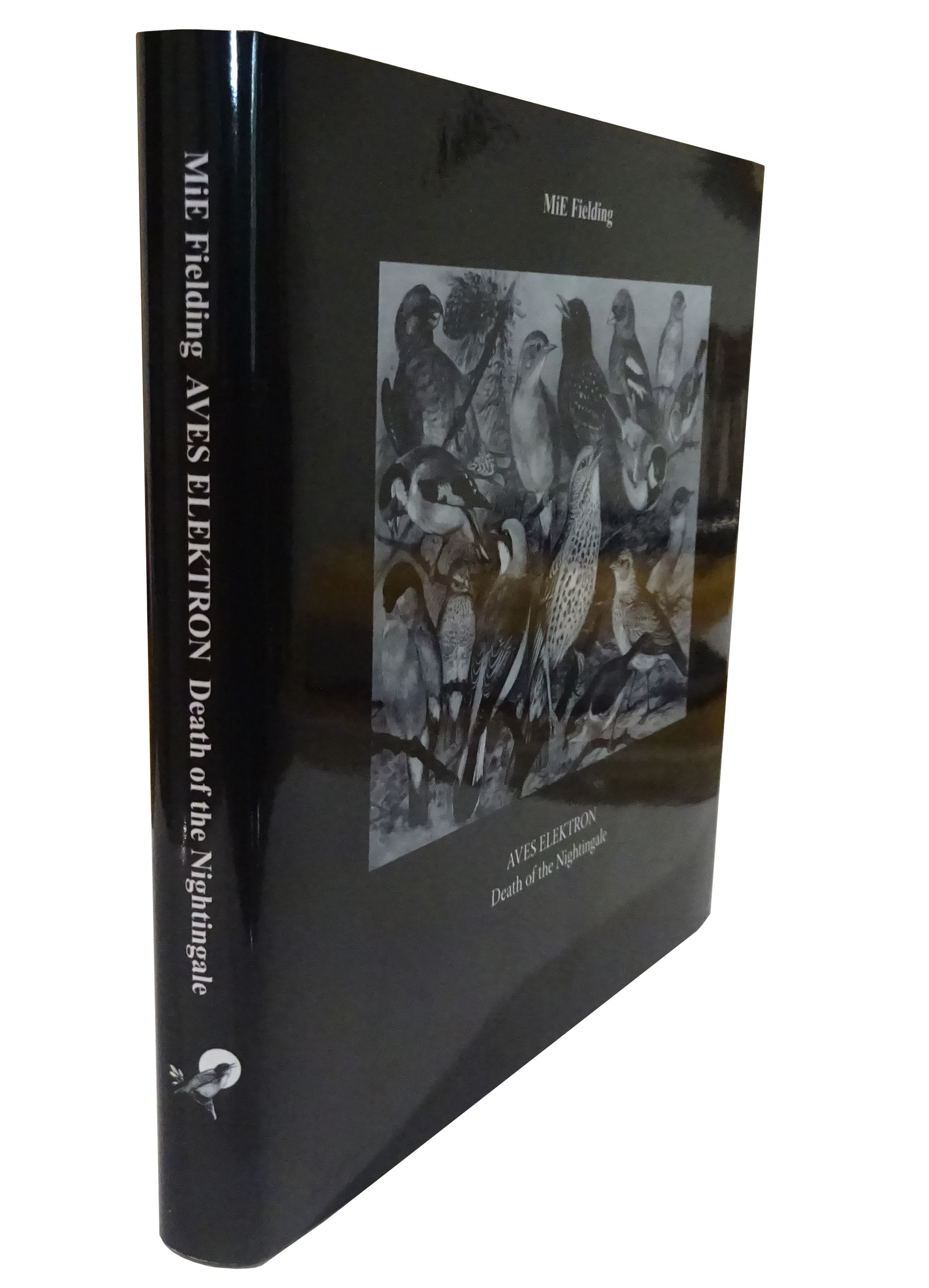
Aves Elektron:Death of the Nightingale
Book 165 x 165 x 16mm. 118 pages. Includes a Sound art CD composition of 44 minutes designed to be played via headphones. PRICE £35.00 + 4.95 shipping
Review at 'A Closer Listen' here
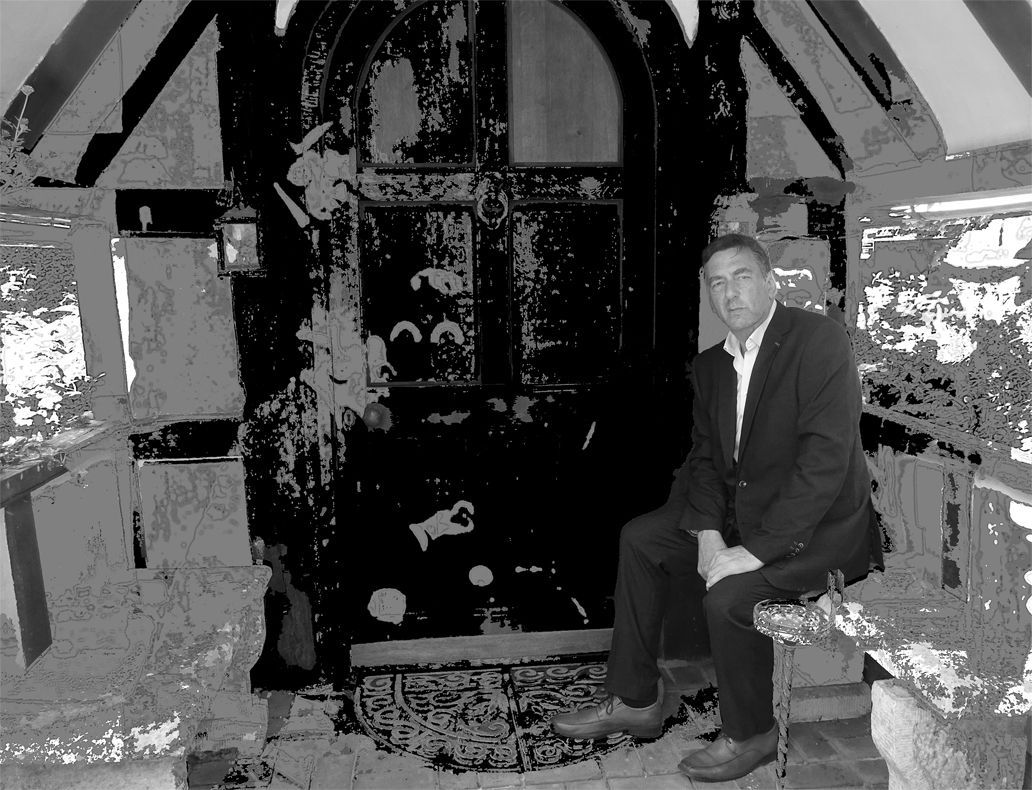
Dusk.
Colder now but a least the midge are fewer.
silence.........
distant curlew....................
..............................distant pheasant.
Silence
Its the woodcock's turn to proudly proclaim..........................
Silence
Silence
Silence
........distant dog, distant twinkling light from a people ...a disconnect
Silence....ear splitting silence..
and then ....
Nightjars
wonderment !
Hills of the North Rejoice !
Studio constructed ambient / Industrial soundscape. Wheldrake Ings has an unearthly sounding and intermittently moving old wind pump. This landscape music was formed using a field recording of the pump and accompanying singing willow warbler.
#NOMUSICONADEADPLANET

